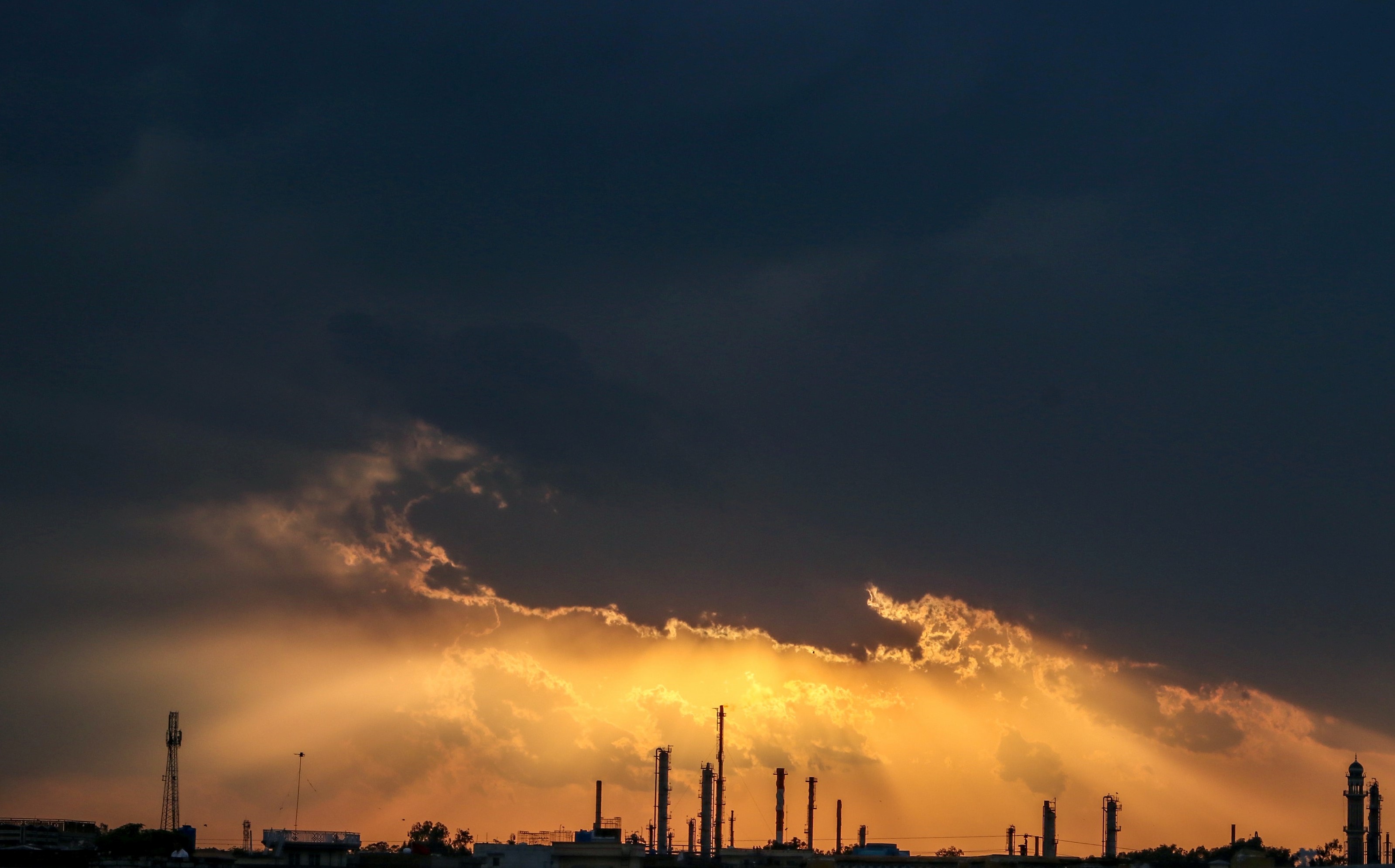News release
From:
Review of technologies that repurpose carbon finds most aren’t Paris Agreement compatible
As the climate crisis becomes more immediate, carbon capture and utilization (CCU) technology has been touted as part of the solution. The process involves harnessing carbon dioxide from emissions or the atmosphere and repurposing them. However, a review published February 18 in the journal One Earth calls into question the viability of many of these methods to meet both the long-term and short-term emissions goals that follow from the Paris Agreement, and suggests focusing on technologies that use non-fossil carbon dioxide and store carbon permanently.
CCU typically works by capturing carbon dioxide emissions from power plants or industry. This carbon dioxide is then converted using electricity, heat, or catalysts into a new product, like the fuel methanol. “It sounds really good, right?” says lead author Kiane de Kleijne (@kianedekleijne), a climate researcher at Radboud University. “It's taking problematic waste and turning it into a valuable product. But we assessed and harmonized many previous studies on CCU, and this showed us that CCU doesn't consistently reduce emissions.”
For a technology to be compatible with the Paris Agreement, the IPCC taught us that it must halve carbon dioxide emissions by 2030 and reach zero emissions by 2050. Of the 74 CCU routes reviewed, 8 met the 2030 target and just 4 were able to reach zero emissions by 2050. De Kleijne and her team also evaluated CCU’s technological maturity, how close the technology is to being ready for widespread use.
“If a technology is not going to reduce emissions by a lot and it's still very far away from commercialization, then maybe it is better to redirect funding to technologies that do have the potential of really drastically reducing emissions,” says de Kleijne.
The researchers evaluated the efficacy of CCU technologies at reducing emissions through the entire lifespan of the process. In the case of many CCUs examined, the capture and conversion components are highly energy intensive, and when the final step of the cycle is the creation of something like methanol, the use of the end product also generates emissions. “In many cases they don't really reduce emissions compared to the conventional product, so that is problematic,” says de Kleijne.
The review warns that the potential of CCU technologies might divert attention from more effective emission reduction options like carbon capture and permanent storage and reducing consumption. The team reviewed, however, a few low-emission CCU systems that store carbon long-term and that de Kleijne says are promising. For example, the carbonization of steel slag to create construction materials can sequester large amounts of carbon which would remain stored indefinitely. In addition, if the carbon is captured directly from the atmosphere or after combustion of biomass which has sequestered carbon through photosynthesis, utilizing atmospheric carbon can lower atmospheric concentrations of CO2, something that de Kleijne hopes to continue investigating.
“We would love to be able to extend our analysis a bit further, because now we have done this assessment for CCU and it's not looking great,” she says. “But it would be good to be able to compare it to other alternatives to replacing fossil fuel-based products or services.”



 International
International



